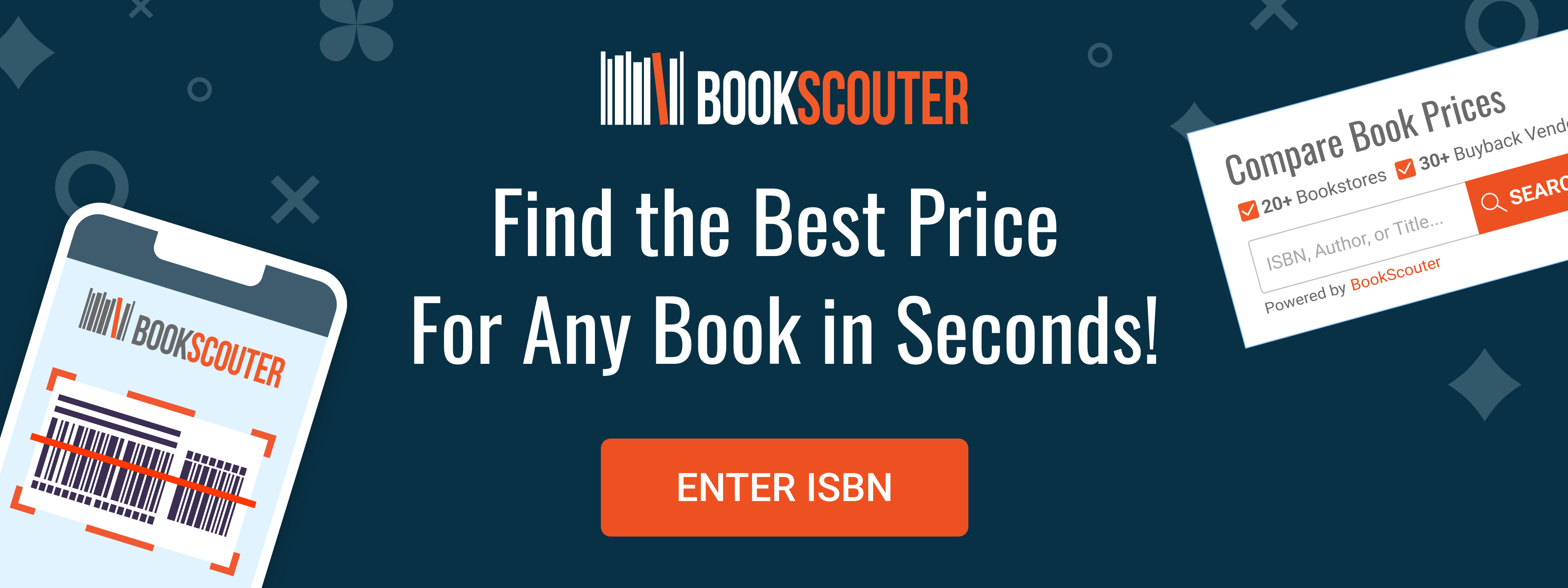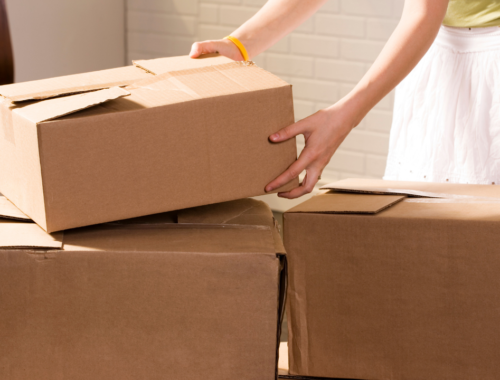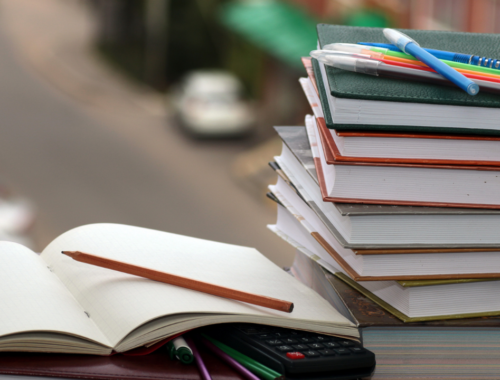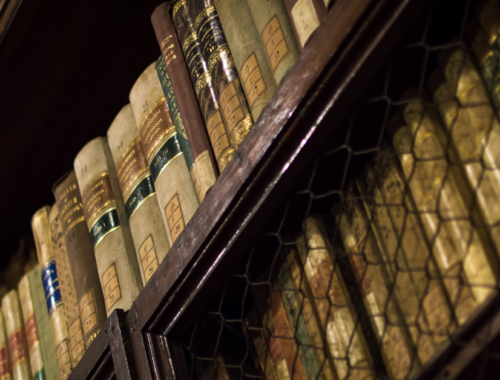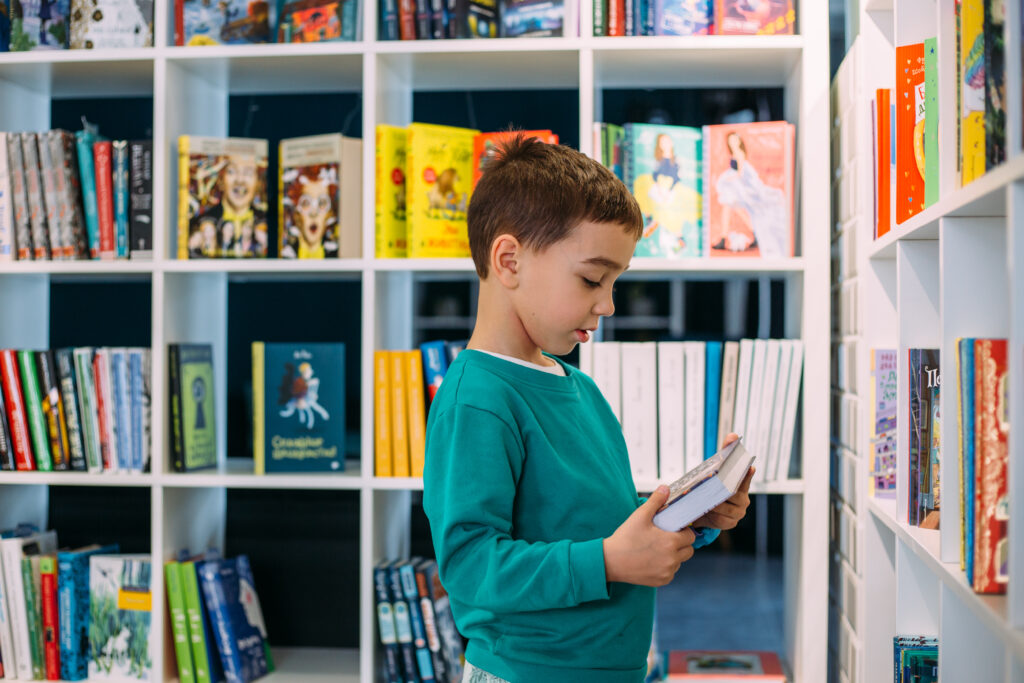
In a world filled with digital distractions and increasingly short attention spans, undeniable magic resides between the pages of a well-loved children’s book. The tales of whimsy, lessons of resilience, and characters that capture young imaginations are the building blocks of a lifelong love for reading.
Unfortunately for parents and nostalgic readers alike, building an extensive collection of children’s books can be costly, especially as kids seem to outgrow their favorites in the blink of an eye.
The answer is simple: buying used children’s books.
 Why Buy Used Children’s Books?
Why Buy Used Children’s Books?
If you have a beloved little one in your life, you know that children can be germy and destructive, for lack of better words. If purchasing used books gives you pause for this reason, know that there are ways to safely purchase used children’s books, ensuring that the youngsters in your life can enjoy the tales between the pages without fear of any nastiness.
Buying used children’s books is not only an affordable solution for frugal parents, educators, and book lovers, but it also gives new life to stories that children have loved in the past. Recycling and reusing materials and stories by buying used rather than new ones is an excellent option for your wallet and the environment.
If you’re looking to add a bit of childlike wonder to your or a little one’s life, these are the six best places to buy used children’s books, as well as a few tips and tricks for getting the most out of your money.
Additionally, if you’re unsure which books would be best for your child, don’t worry, we’ve compiled lists of the best children’s books of all time, Сhristmas books for kids, the best Halloween books for kids and all Gravity Falls books in order.
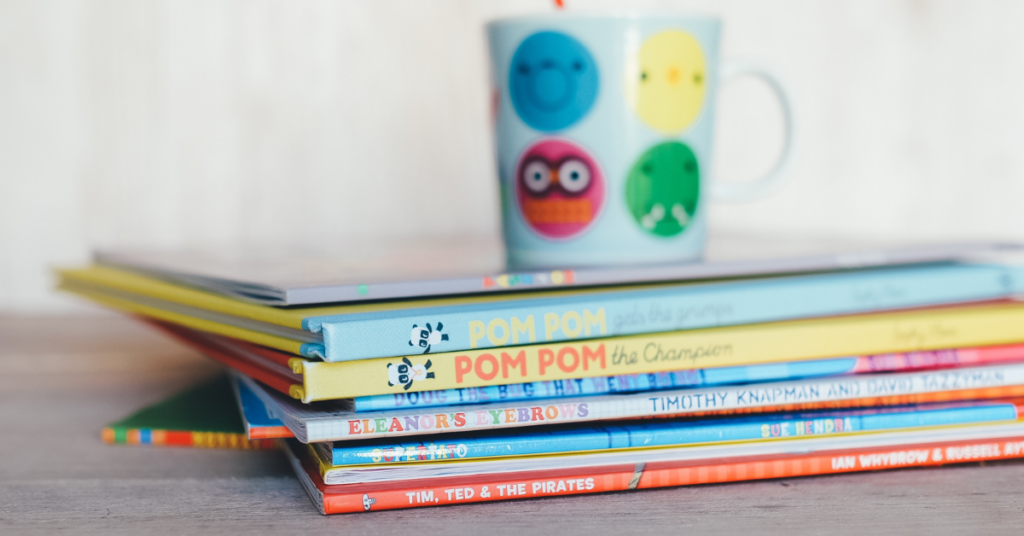
1. Secondhand Bookstores
If you are lucky enough to have one or more secondhand book shops in your city, we recommend taking advantage of them, as they are one of the best (and most convenient) places to purchase used children’s books.
Though not every secondhand bookstore is the same, most of them buy and sell used books rather than simply accepting donations. Since a secondhand bookstore is, first and foremost, a business, they typically will only buy books that can be sold for a profit, no matter how slim the margin is.
As a result, secondhand bookstores have already done the hard work for you, selecting used children’s books that are in serviceable condition, making them safe (and fun!) reads for you or your little one to read.
2. Library Book Sales
The library is the best place to get books for free (albeit you still need to return them), but many libraries regularly hold book sales. Libraries frequently move titles in and out of circulation and receive donations from library patrons, meaning that there is often an excess of books that need to be moved out of the library. Library book sales offer used children’s books for reasonable prices.
Like secondhand bookstores, libraries take pride in offering the surrounding community the highest quality reading materials available to them. Librarians frequently dispose of books that have been damaged, as well as regularly sanitize all materials that go in and out of the library. The only downside is that used children’s books purchased from the library will often have a plastic dust jacket and stickers used for organization purposes that are difficult to take off.
If you’re not too worried about library packaging ruining the look of your book collection, ask your local librarian when they’re holding the next library book sale.
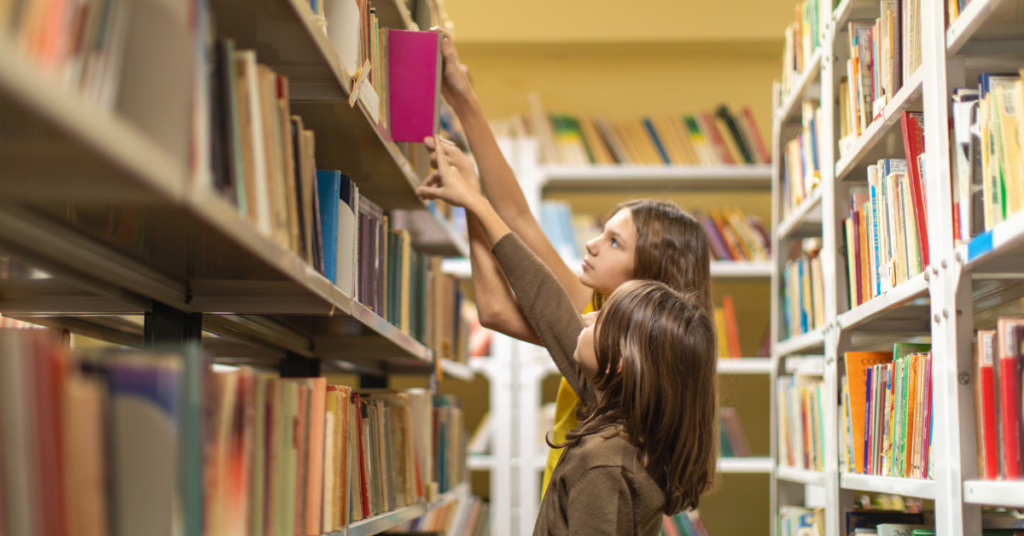
3. Thrift Shops and Charity Shops
By default, virtually every item sold in a thrift or charity shop, including children’s books, has been used. These shops survive by accepting donations from the community and selling them for a profit—whether in support of a charity or simply for profit’s sake—so they have the incentive to offer and sell as many items as possible.
Unfortunately, this can result in some items on the sale floor being in less than stellar condition. If you are searching the stacks at a thrift shop for used children’s books, be sure to closely inspect each book. If the book has torn pages, a broken spine, water damage, excessive doodling, suspicious stains left by a previous child’s sticky fingers, or similar imperfections that lead you to believe that the book is on its last legs, put it back on the shelf.
Though thrift and charity shops have been under fire for ludicrously high prices lately, books are one of the last reasonably priced items left at these stores. You can likely purchase a bevy of used children’s books and paperbacks for less than five dollars.
4. Online Bookstores
Surprisingly, Amazon started as an online bookstore, and it still honors its roots by offering numerous new and used books on the platform. If you search for any book on Amazon, there is usually an option to buy the book used, giving you multiple versions of the book and indicating every version’s condition. Other platforms, like ThriftBooks, are dedicated solely to buying and selling discounted books.
Though it depends on the site, most of these books are sold directly through the platform, meaning that you can buy books the site’s employees have vetted for damage. Earlier, we compiled a list of the top twelve websites to buy cheap books. Feel free to check it out as well.
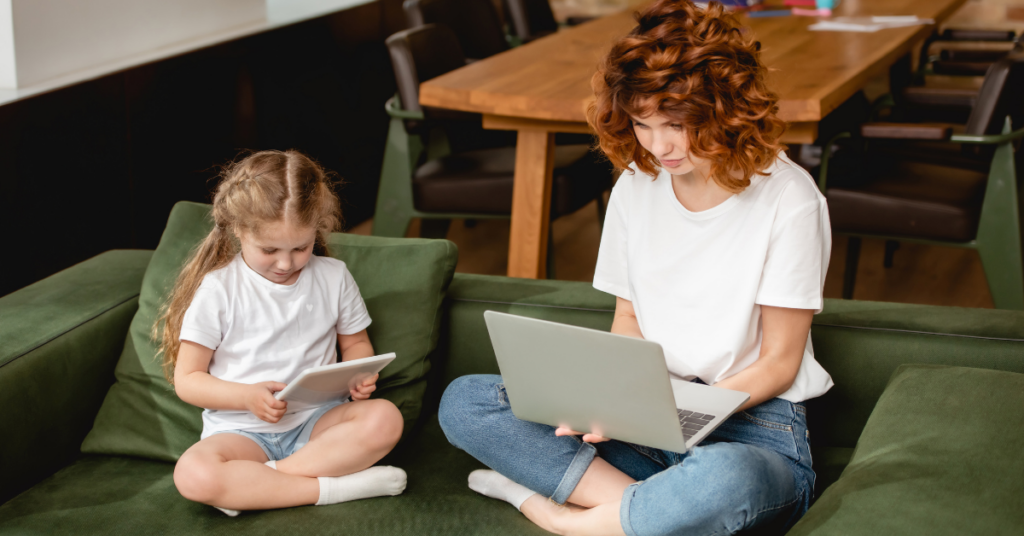
5. Online Marketplaces
Shopping for used children’s books via massive marketplaces like eBay or Mercari can be a gamble, as the books are bought and sold between individuals without being inspected by a third party.
Online marketplaces can also be more expensive than some of the other options on this list, as you’ll likely need to pay for additional shipping and handling as well as the cost of the book. However, these are the places where rare book enthusiasts thrive, making them wonderful avenues to purchase rare or collector’s editions of your favorite used children’s books.
6. BookScouter
BookScouter simplifies the process of comparing prices and condition descriptions from various online bookstores and marketplaces. You can quickly assess the book’s condition, seller rating, and shipping options, allowing you to make an informed purchase decision.
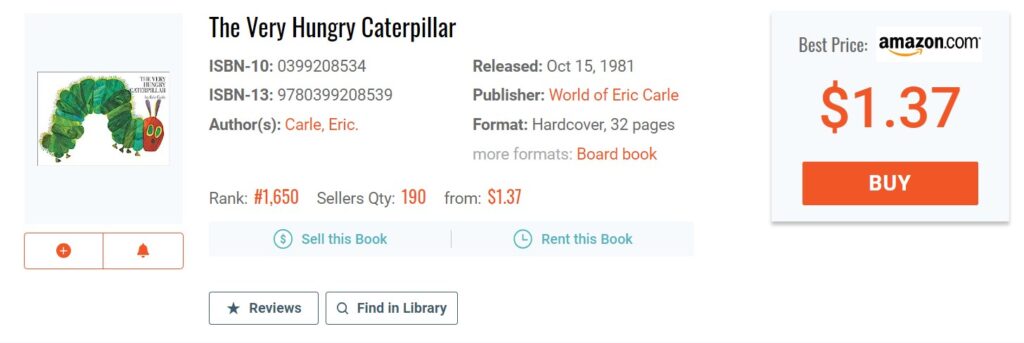
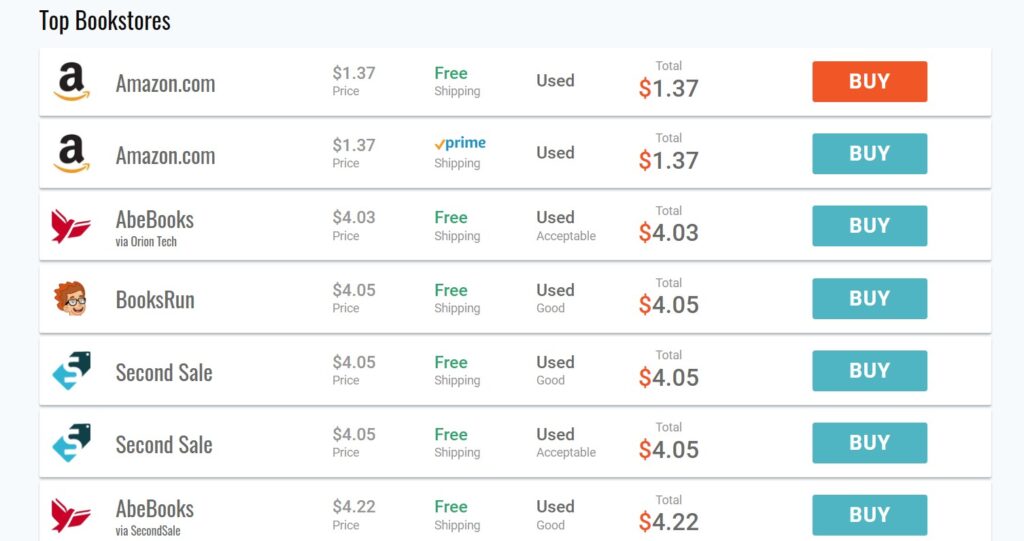
By buying used children’s books, you actively participate in sustainable practices. Reusing books instead of buying new ones helps reduce waste and promotes environmental conservation.

